“Innovation is key. Only those who have the agility to change with the market and innovate quickly will survive.”
Robert Kiyosaki
“Success today requires the agility and drive to constantly rethink, reinvigorate, react, and reinvent.”
Bill Gates
Agile human behavior is when individuals and groups are confident, have healthy self-esteem, are emotionally and socially intelligent, and most importantly, they don’t hold back contributions because of title or tenure. Rather, they jump in without hesitation to lead or follow as needs dictate. This agility is an incredible thing to behold and it does not happen without going out of your way to create it. Here are some faulty assumptions that impede it.
Faulty Assumption: There is a finite pool of fully engaged, evolving people
Most business owners believe this and that they must seek out and find this minority of high performing achievers. I assert this assumption is inaccurate. What’s true is that we have a finite number of people who can function well despite largely dysfunctional human systems involving power-over, dangling carrots, judging and spoiling. There is copious untapped talent and innovation already inside of most organizations, just waiting to be uncovered.
Faulty Assumption: People are to blame, not systems
If we could school ourselves to ask, “What system, if put in place would eliminate or fix this problem and how do we build and implement it?” we would rapidly grow and improve. Instead we ask, “Who caused this and why is this happening?” Both of these questions lead to blaming, pointless analysis, and wasted time.
Faulty Assumption: Not everyone is a leader
This is one of the biggest mistakes of all. We tend to quickly pigeonhole people as “leaders” or “followers” including from our early days in childhood, and then most people adopt and buy-in to these assumptions, often without question. Typically, companies identify “leaders,” then invest time, money and training into them. What they don’t do is make sure these same “leaders” have equally well-developed “follower” skills, which are essential to cross-functional and trans-functional, agile teamwork. In addition, those deemed to be “followers” are not taught how, nor are they put into situations, so that they can learn to be, and experience themselves, as “leaders.”
Faulty Assumption: Developing leader and follower skills in everyone is too hard and time-consuming
It’s not as hard or as time-consuming as the pace and low output that results from not doing so. Let me show you an example of what I’m talking about.
When I was raising my five children, we had weekly family meetings. Once we demonstrated such a meeting to a group of adults and our 5-year old led it. The adults in the room were surprise and impressed. She implemented a process, held the authority of the group, and brainstormed and problem-solved with the rest of us.
People were impressed because they had underestimated leadership capability in 5-year olds. What was equally impressive (but not as quickly noticed) is that as a predominantly confident, dominant “leader” mother, it was very challenging for me to learn to be an effective “follower” who encouraged her children (and others) when they were leading, by offering support, and refusing to bulldog my way in and take over. Failure to develop both follower and leader skills is at the heart of so much waste, leading to discouragement, loss of competitive advantage and inter-personal stress that costs us beyond what we imagine.
As a family, we practiced many such leader-follower rotational activities intentionally with leader-follower agility in mind, so our entire family could learn well-rounded inter-personal dynamics, and gain skills and experiences that have proved invaluable in life and at work. Now I do the same with entire workplace, education and many other communities.
My work with clients proves that when this same intention is accomplished through a healthy workplace culture system, with regular mentoring provided on inter-personal and self-management skills. Then, people become incredibly effective, high performing, and inclusive. They become unstoppable: jumping in as leaders one minute, and followers the next, helping to co-create and accomplish amazing outcomes alone and together. If you are ready to create such a healthy workplace culture system, call me today.
This article will be published in the column The Extraordinary Workplace in St. Louis Small Business Monthly, August 2018




